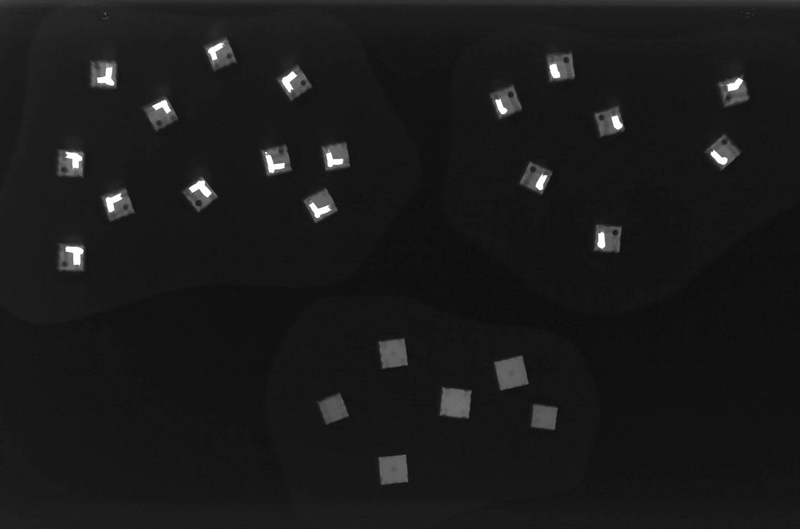About this object
-
ID:
84.136/20
Production date:
Late Medieval; late 15th century
-
Location:
In Store
False die, with only numbers four, five and six, from a set of 24 false dice found on the Thames foreshore. Three of these small bone dice have the numbers one to three repeated so that they always fall on low numbers; three of them have only numbers four to six. These were known as low or high 'despatchers'. X-rays show that all the others dice have been weighted with drops of mercury in one side or another. These 'loaded' dice would fall the same way every time. Eleven of them tend to show five or six, the others one or two. Gambling with dice was very popular in London in the 1500s, and crooked dice were used to fool gullible punters. Fights often broke out over gambling disputes. Loaded dice were called 'fulhams' - presumably the Thames-side village of Fulham was notorious as the haunt of dice-sharpers. The dice were found in a pewter bird seed pot.
-
Measurements
H 4.5 mm; W 4.5 mm; T 4.5 mm, H 5 mm; W 5 mm (overall)
-
Materials
bone
-
Last Updated
2024-04-04
Record quality:
Not every record in Collections Online is complete. Some have low quality images designed purely for recognition, while some have been catalogued only to a basic standard. This graphic is designed to give you an impression of the quality of data you can see. 100% meets all our current data standards and has a high quality image, 20% is a basic record with no image. Individual record quality can change over time as new photography is carried out and records are worked on.
X









